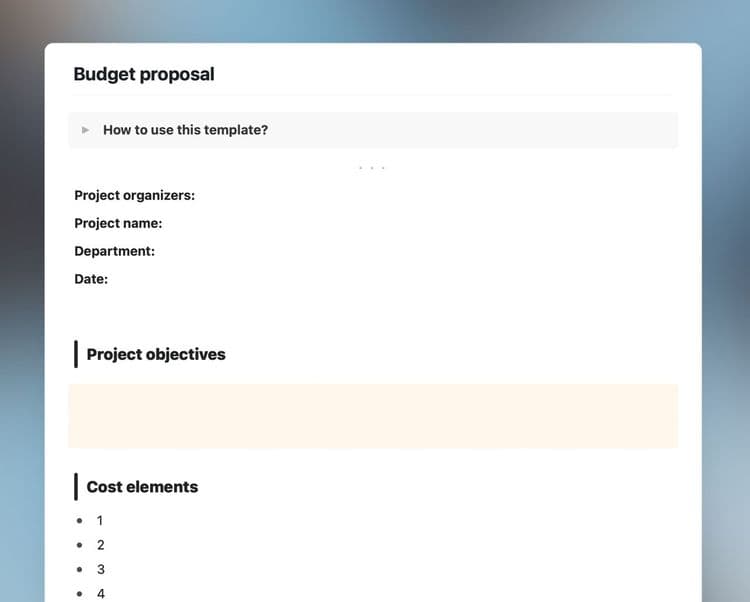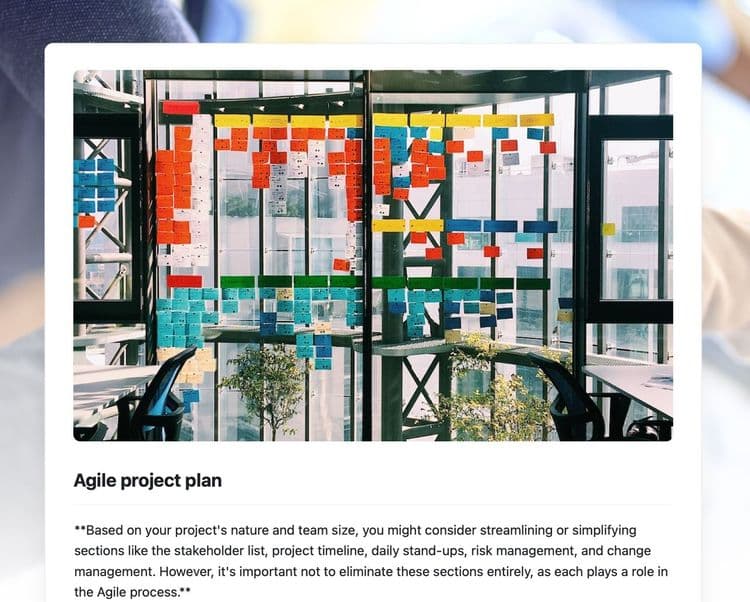The "What if" brainstorming template is an innovative tool designed to unlock the creative potential of teams and individuals in various fields. This method, focusing on hypothetical scenarios, is a powerful way to stimulate out-of-the-box thinking and generate novel solutions to complex problems. The template serves as a structured guide for effectively conducting a "What if" brainstorming session, ensuring that every aspect of this creative process is explored and utilized to its fullest potential. This article outlines the benefits and structure of the "What if" brainstorming template, emphasizing its role in enhancing creative thinking and teamwork. It also highlights the importance of brainstorming for diverse idea generation and effective problem-solving.
Benefits of the "What if" brainstorming technique
- Fosters creative thinking: This technique pushes participants to think beyond conventional boundaries, encouraging the exploration of imaginative and unconventional scenarios.
- Challenges assumptions: By asking 'What if' questions, it helps teams to question and move beyond existing assumptions and perspectives, leading to innovative solutions.
- Encourages collaborative problem-solving: This method promotes collaboration, as it involves team members contributing and building upon each other's ideas, fostering a sense of unity and collective creativity.
- Enhances diverse idea generation: Brainstorming brings together different viewpoints, leading to a richer variety of ideas and perspectives, which is crucial for comprehensive problem-solving and innovation.
Visual tools can be immensely helpful in a 'What if' brainstorming session, aiding in the organization and visualization of complex ideas. Incorporating a resource like mind map meeting notes can provide a clear and structured way to map out thoughts, ensuring that no creative spark goes unnoticed.
What's in the "What if" brainstorming template
- Introduction: Explains the concept and significance of the "What if" brainstorming method.
- Setting the stage: Offers practical tips for creating an environment conducive to innovative thinking and collaboration.
- Generating 'What if' questions: Provides guidelines for formulating effective, thought-provoking 'What if' questions to steer the brainstorming session.
- Idea exploration: A section dedicated to delving into the possibilities and implications of each proposed 'What if' scenario.
- Finalizing ideas: Guides on how to sift through the brainstormed ideas, select the most promising ones, and plan for actionable steps.
The importance of brainstorming for you and your team
Brainstorming is an invaluable tool for teams, acting as a catalyst for creativity and innovation. It provides a platform where every voice is heard, encouraging diverse perspectives and collective problem-solving. Through brainstorming, teams break down barriers, fostering a collaborative environment essential for generating fresh, creative ideas. It's a process that nurtures a culture of open communication and continuous improvement, beyond just finding immediate solutions. Brainstorming sessions invigorate teams, sparking enthusiasm and a sense of shared purpose, crucial for driving projects forward with creativity and efficiency, ensuring adaptability and forward-thinking strategies.
In addition to the 'What if' method, it's advantageous to be aware of various brainstorming strategies that can further enhance your team's creative output; 21 brainstorming techniques to boost creativity is an excellent resource that provides a plethora of options to invigorate your team's ideation process.
Ready to unlock creativity with your template? Explore the transformative power of the "What if" brainstorming technique in your next team session. Embrace imaginative thinking to elevate your projects and strategies.





